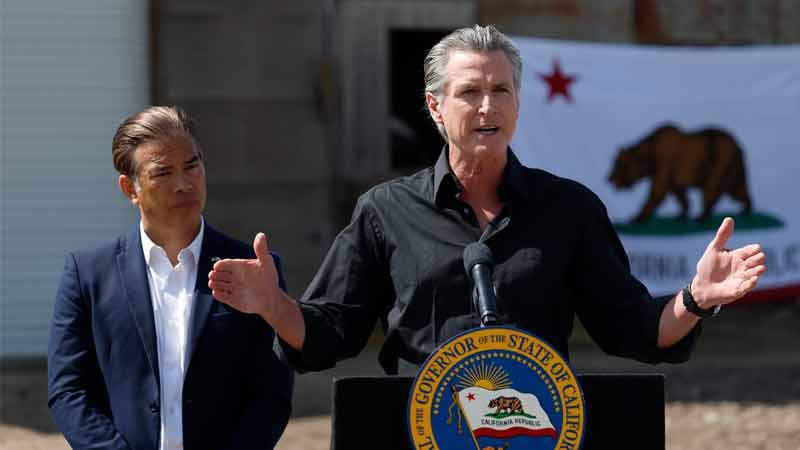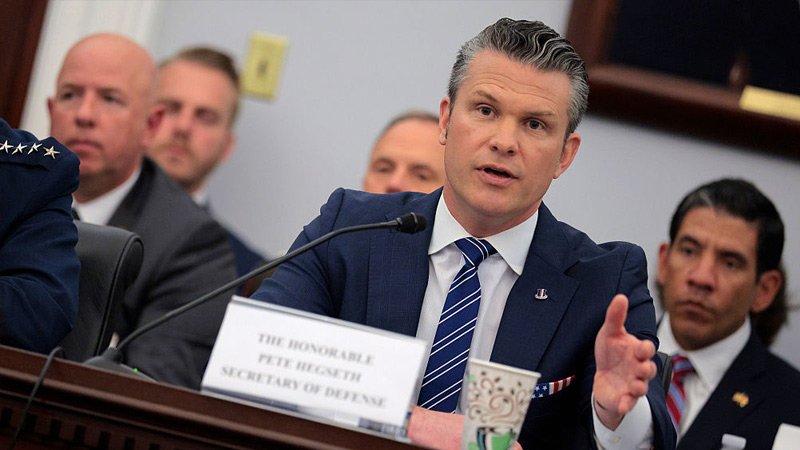Newsom Files Emergency Motion to Block Trump Deployment of National Guard, Marines to Aid ‘Overwhelmed’ LAPD

Mexican Government Releases Map Claiming Los Angeles as ‘Rightful Territory’ of Mexican Rioters

In a dramatic address today, the President of the Mexican Senate declared that Mexican protesters rioting in Los Angeles are simply defending their ancestral homeland—claiming the land “belongs to them.” Senate Leader Gerardo Fernández Noroña […]
The post Mexican Government Releases Map Claiming Los Angeles as ‘Rightful Territory’ of Mexican Rioters appeared first on The People’s Voice.
Riverside County Sheriff SLAMS Democrat CA Gov. Newsom: “Doing Nothing But Fueling” Los Angeles Violence

Watch: Defense Sec. Pete Hegseth Vows Not to Let LA Burn Like Gov. Walz Let George Floyd Rioters Torch Minnesota

Viral Video! 30-Year-Old Warning From Historian & Metaphysics Professor Dr. Delbert Blair Exposes The Dystopia We Are ALL LIVING IN

ANOTHER Chinese National Arrested For Smuggling Biological Materials Into US!

